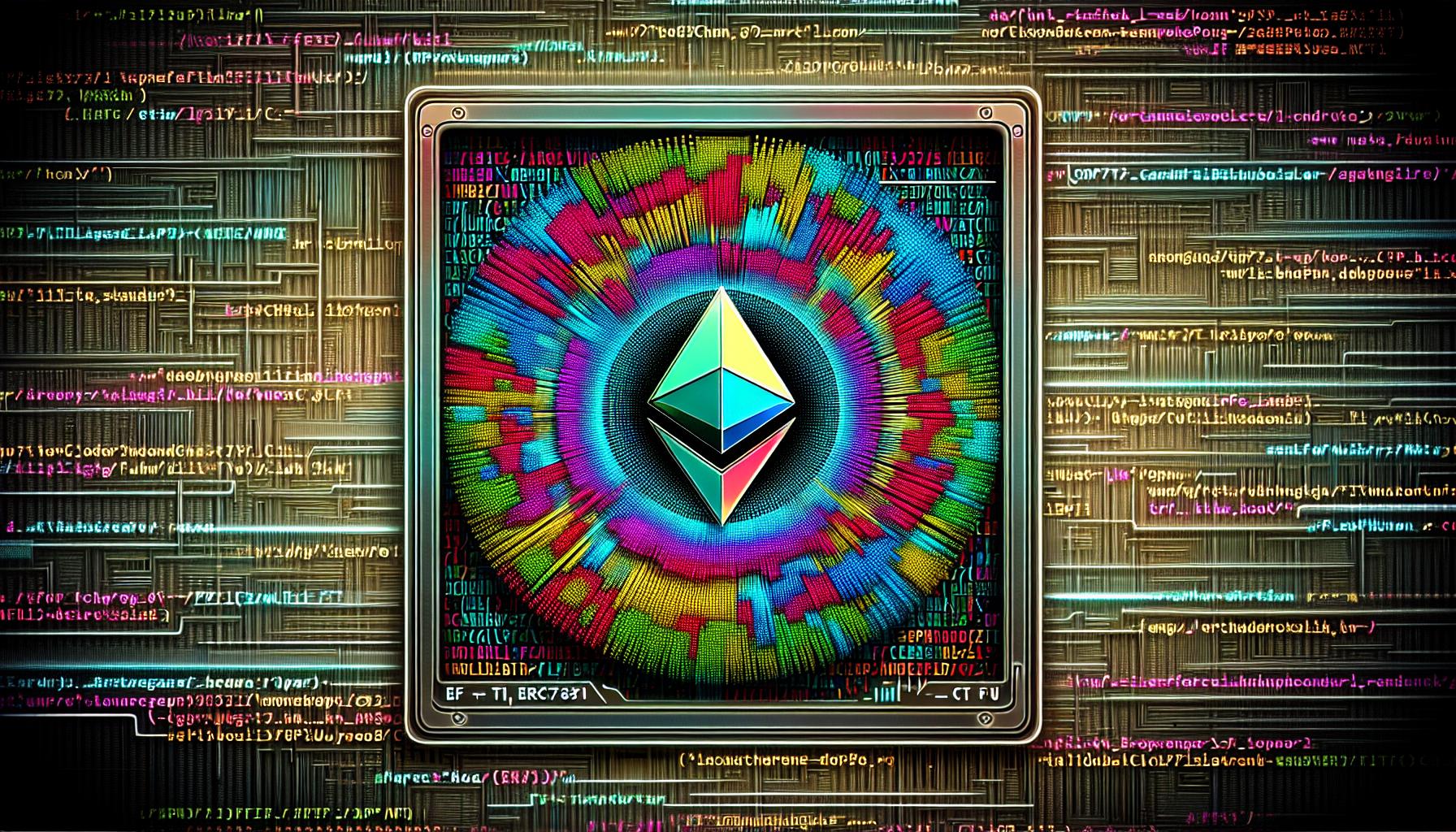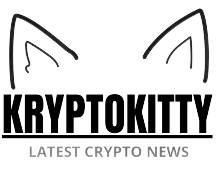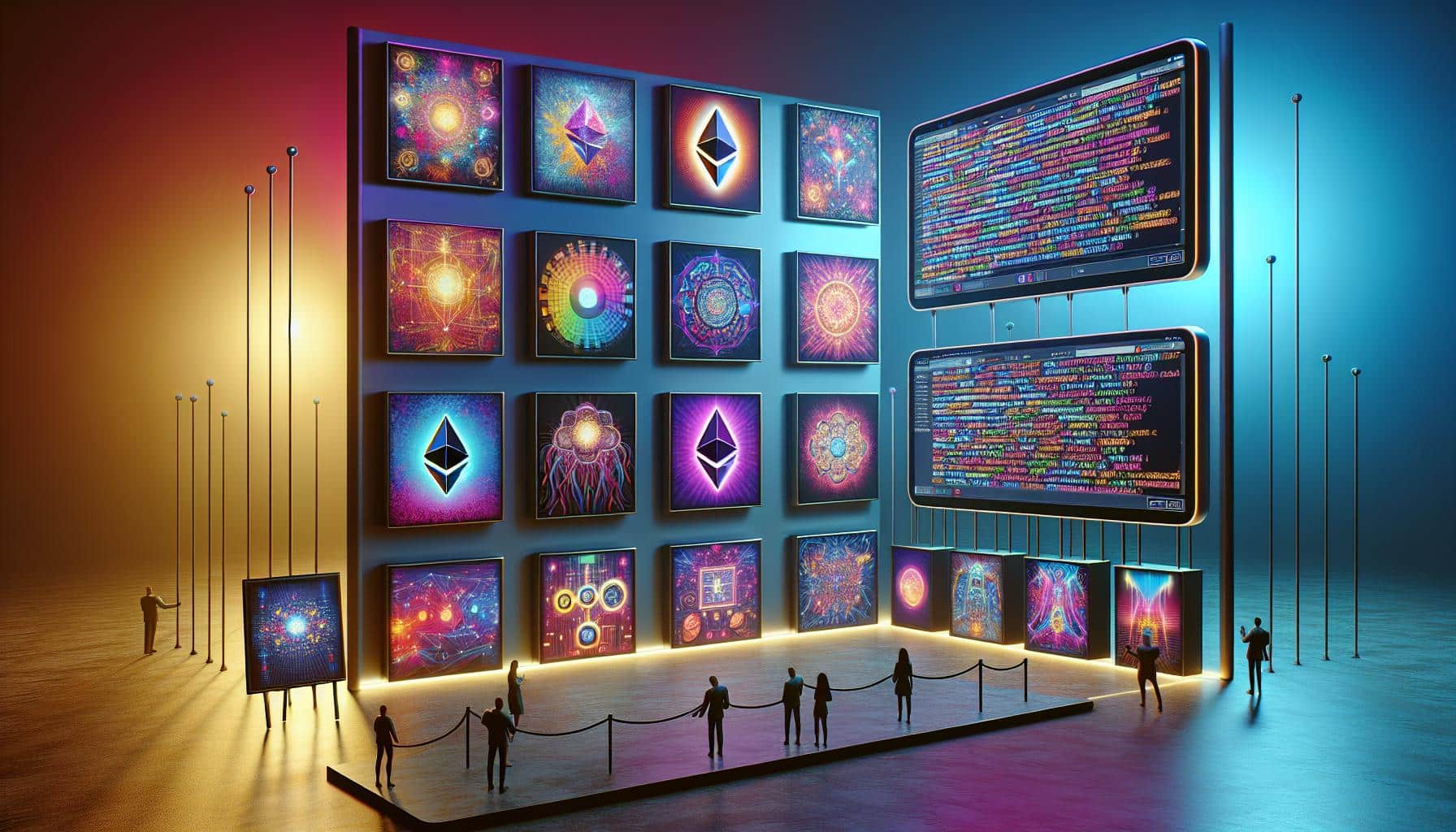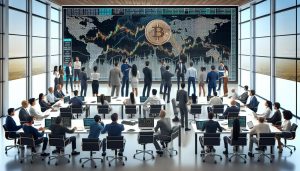If you’ve delved into the world of blockchain and cryptocurrencies, you’ve likely come across the term ERC721. This standard has revolutionized the way we perceive digital assets by introducing the concept of non-fungible tokens (NFTs). Unlike traditional cryptocurrencies like Bitcoin or Ethereum, ERC721 tokens are unique and indivisible, representing ownership of one-of-a-kind digital items.
With ERC721, you can tokenize anything from digital art and collectibles to virtual real estate, creating a new paradigm for ownership and provenance in the digital realm. This standard has opened up endless possibilities for creators, collectors, and investors alike, sparking a surge of interest in the NFT market. Whether you’re a seasoned blockchain enthusiast or just starting to explore this innovative space, understanding the ERC721 standard is key to unlocking the full potential of non-fungible tokens.
Understanding the ERC721 NFT Standard
What Is an NFT?
An NFT, or Non-Fungible Token, is a unique digital asset that represents ownership of a specific item or piece of content. Unlike cryptocurrencies such as Bitcoin or Ethereum, which are interchangeable and identical, NFTs are indivisible and distinct. Each NFT has a unique value and cannot be replicated, making it ideal for representing ownership of rare and exclusive digital items like artwork, collectibles, or even virtual real estate.
The Evolution of Digital Ownership
The emergence of NFTs has transformed the concept of digital ownership by enabling the tokenization of various assets on the blockchain. With the ERC721 standard, individuals can now own and trade digital assets securely, proving ownership and authenticity through decentralized ledger technology. This shift has paved the way for new opportunities in ownership and provenance in the digital realm, fostering a vibrant ecosystem of unique and valuable digital creations.
How Does ERC721 Differ From Other Tokens?
ERC721 stands out from other token standards due to its unique characteristics that cater specifically to non-fungible assets. Unlike fungible tokens like ERC20, which are interchangeable and identical, ERC721 tokens are non-divisible, ensuring each token represents a distinct asset. This feature makes ERC721 tokens ideal for representing one-of-a-kind digital items such as rare artwork, collectibles, or virtual pets.
By leveraging the ERC721 standard, creators and developers can tokenize a wide range of digital assets, opening up new avenues for ownership, trading, and monetization in the digital space. Understanding the nuances of the ERC721 standard is essential for anyone looking to explore the potential of non-fungible tokens and participate in the evolving landscape of decentralized digital assets.
Technical Aspects of ERC721

Smart Contract Essentials
When delving into the technical aspects of ERC721, you’ll find that at the core of this standard are smart contracts. These contracts govern the behavior and interactions of NFTs, ensuring their unique properties and facilitating secure transfers. Within the Ethereum blockchain, smart contracts play a pivotal role in minting, transferring, and managing ERC721 tokens. By leveraging these smart contracts, developers and users can engage with non-fungible assets in a trustless and transparent manner.
Unique Identifier and Metadata
A fundamental component of ERC721 tokens is their unique identifier and metadata. Each NFT minted under the ERC721 standard possesses a distinct identifier, making it distinguishable from other tokens within the same contract. This unique ID is crucial in establishing ownership, provenance, and scarcity of digital assets. Additionally, metadata associated with ERC721 tokens provides essential information about the asset, such as its attributes, creation details, and any additional properties that enhance its value. By incorporating these unique identifiers and metadata, ERC721 ensures the individuality and authenticity of each token in the blockchain ecosystem.
The Importance of ERC721 in the NFT Marketplace
If you’re looking to understand the significance of ERC721 in the NFT marketplace, dive into how this standard enables true digital collectibles and plays a crucial role in intellectual property and provenance.
Enabling True Digital Collectibles
When it comes to owning digital assets that are truly one-of-a-kind, the ERC721 standard shines. Unlike traditional fungible tokens like cryptocurrencies, ERC721 tokens are unique and indivisible. This uniqueness allows for the creation of non-fungible tokens representing exclusive digital items such as art, collectibles, and even blockchain digital pets.
The introduction of ERC721 has revolutionized the concept of digital ownership. Artists and creators can now tokenize their work, ensuring that each piece is distinguishable and holds its own value in the virtual world. For instance, the CryptoKitties project by Dapper Labs introduced the concept of collectible virtual cats where each cat is a Non-Fungible Feline with its own set of traits, known as Cattributes, showcasing the rarity and uniqueness that ERC721 offers.
Intellectual Property and Provenance
Intellectual property and provenance are essential aspects of the digital asset ecosystem. With ERC721, each token is associated with unique metadata that provides critical information about the asset, enhancing its authenticity and value. This metadata is crucial for establishing ownership rights and tracing the origin of an asset, ensuring transparency and provenance in the marketplace.
In the world of NFTs, provenance is key to verifying the authenticity of digital artworks, collectibles, and other assets. By leveraging the ERC721 standard, artists and collectors can securely transfer ownership of their assets while maintaining a clear record of their history on the blockchain. This transparency mitigates the risk of fraud and ensures that the true creators and owners are recognized and compensated accordingly.
By understanding how ERC721 enables the creation of true digital collectibles and safeguards intellectual property and provenance, you can appreciate the pivotal role this standard plays in the NFT marketplace, shaping the future of decentralized digital assets.
Advantages and Limitations of ERC721 Standard
Advantages of Using ERC721
When it comes to digital assets and ownership, the ERC721 standard offers several key advantages that set it apart in the blockchain space. Here’s why leveraging ERC721 can be beneficial:
- Unique Digital Collectibles
ERC721 tokens allow for the creation of truly unique digital collectibles. Each token has a distinct identity, enabling the tokenization of digital assets such as art, music, and in-game items. As a result, users can own and trade one-of-a-kind assets in a secure and transparent manner. - Intellectual Property Protection
By utilizing ERC721 tokens, artists and creators can protect their intellectual property rights. The standard enables creators to tokenize their work, establishing ownership on the blockchain. This feature is crucial in ensuring that creators receive recognition and compensation for their creations. - Provenance and Transparency
ERC721 tokens facilitate provenance tracking and transparency in asset ownership. With each token having a unique identifier and metadata, users can verify the authenticity and ownership history of digital assets. This transparency builds trust in the NFT marketplace, reducing the risk of fraud. - Asset Scarcity and Rarity
The ERC721 standard allows for the creation of scarce and rare digital assets. This scarcity adds value to collectibles, driving demand in the marketplace. As a result, users can own exclusive digital items that hold significant value due to their limited availability.
Challenges and Limitations
While ERC721 offers numerous benefits, it also comes with its own set of challenges and limitations that users should consider:
- Ethereum Gas Costs
One of the primary challenges of using ERC721 tokens on the Ethereum blockchain is the associated gas costs. Gas fees can fluctuate based on network congestion, making transactions expensive during peak periods. This cost factor can limit the accessibility of ERC721 tokens for users with smaller budgets. - Scalability Issues
As the popularity of NFTs and ERC721 tokens continues to grow, scalability becomes a concern. The Ethereum blockchain may face challenges in handling a high volume of transactions, leading to network congestion and slower processing times. Improving scalability is essential to accommodate the increasing demand for ERC721 tokens. - Complexity of Token Standards
ERC721 tokens operate based on a unique standard, which can make interoperability with other token standards complex. Compatibility issues can arise when integrating ERC721 tokens with platforms or applications that support different token specifications. Developers need to address these compatibility challenges to ensure seamless token interactions. - Security and Smart Contract Risks
Smart contracts governing ERC721 tokens are susceptible to vulnerabilities and security risks. Flawed code implementation or loopholes in smart contracts can expose tokens to hacking attempts or exploitation. Users should exercise caution and conduct thorough audits to mitigate security risks associated with ERC721 tokens.
Future Developments and Innovations
Upcoming Enhancements to ERC721
As the blockchain landscape continues to evolve, the ERC721 standard is expected to undergo significant enhancements to address current challenges and meet the growing demands of the NFT ecosystem. Developers and experts are actively working on improving the standard to overcome issues such as Ethereum gas costs, scalability constraints, and security vulnerabilities associated with smart contracts.
In the upcoming iterations of ERC721, you can anticipate advancements aimed at optimizing gas efficiency to reduce transaction costs, enhancing scalability to accommodate a larger number of transactions, and implementing improved security measures to strengthen smart contract robustness. These enhancements will contribute to a more seamless and secure environment for creating and trading non-fungible tokens.
Intersecting Technologies and ERC721
The intersection of various technologies with the ERC721 standard is poised to revolutionize the NFT space and expand its applications beyond digital collectibles. Innovations such as blockchain pet ownership platforms, virtual cat marketplaces, and NFT gaming economies are reshaping how digital assets are perceived and traded.
By combining the ERC721 standard with concepts like crypto cat breeding, kitty genomics traits, and crypto cat auctions, you can explore new realms of creativity and ownership in the blockchain ecosystem. Additionally, emerging technologies such as Dapper Labs dapps and decentralized digital assets are driving the adoption of NFTs and reshaping the way users interact with digital content.
As the industry embraces blockchain collectibles mania and explores the potential of non-fungible felines, the use cases for ERC721 tokens are diversifying, offering unique opportunities for artists, collectors, and enthusiasts alike. The future of ERC721 lies in its adaptability to innovative ideas and its ability to redefine ownership and value in the digital realm.
Conclusion
You’ve explored the profound impact of the ERC721 standard on the world of blockchain and cryptocurrency, unlocking new possibilities for unique digital asset representation. Despite challenges like Ethereum gas costs and scalability issues, ongoing enhancements are poised to refine efficiency and security in the NFT ecosystem. The future of ERC721 is a dynamic landscape where innovation converges with digital ownership, reshaping the way we perceive and interact with value in the digital sphere. As you navigate this evolving terrain, staying informed about the latest developments and advancements in ERC721 will be key to harnessing the full potential of NFTs and decentralized digital assets.
Frequently Asked Questions
What is the ERC721 standard and why is it important in blockchain and cryptocurrency?
The ERC721 standard is vital as it enables the creation of non-fungible tokens (NFTs), representing unique digital assets like art and collectibles. These tokens revolutionize digital asset ownership through Ethereum smart contracts, providing essential metadata for establishing ownership and provenance.
What are the advantages of using ERC721 tokens?
ERC721 tokens offer benefits such as creating unique digital collectibles, protecting intellectual property, ensuring transparency, and enhancing asset scarcity. These advantages make them ideal for representing one-of-a-kind digital assets in a secure and decentralized manner.
What limitations should one consider when dealing with ERC721 tokens?
Limitations include Ethereum gas costs, scalability issues, complexities in token standards, and security risks associated with smart contracts. Understanding and addressing these limitations are crucial for effectively utilizing ERC721 tokens and navigating the challenges in the digital asset ecosystem.
How is the ERC721 standard evolving to address current challenges in the NFT space?
Upcoming enhancements to the ERC721 standard focus on optimizing gas efficiency, enhancing scalability, and improving security measures in smart contracts. These improvements aim to meet the growing demands of the NFT ecosystem while enabling innovative applications beyond digital collectibles, such as blockchain pet ownership platforms and NFT gaming economies.
What is the future outlook for ERC721 in the digital asset landscape?
The future of ERC721 lies in its adaptability to innovative ideas and technologies, potentially redefining ownership and value in the digital realm. By intersecting with other technologies and addressing existing challenges, ERC721 is poised to revolutionize the NFT space and expand its applications to diverse industries, offering new possibilities for decentralized ownership and asset management.








